Warrants for Signalization
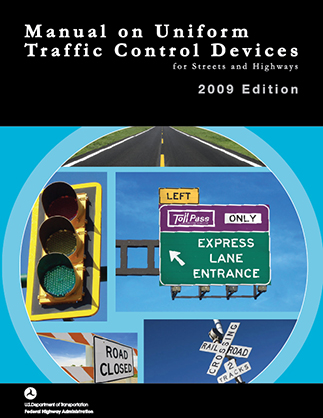
There are nine warrants for signals. They are based on vehicular volume, pedestrian activities, and crash experience records. Warrants should be regarded as a guide to determine the need for traffic control signals rather than an absolute criterion. Their use should always be professionally evaluated and justified by an engineering study.
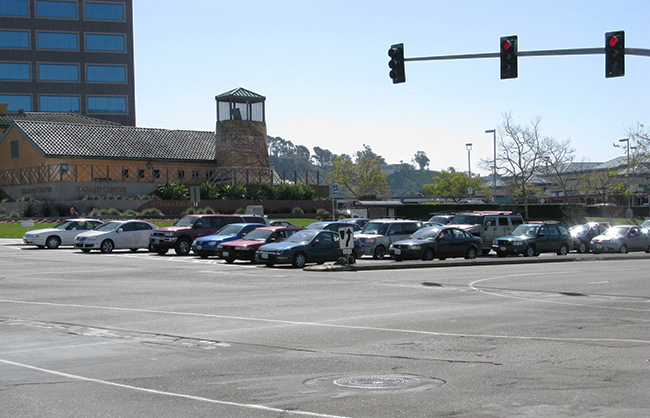
Warrant 1 - Eight-Hour Vehicular Volume
The Eight-Hour Vehicular Volume signal warrant is intended for application at locations where a large volume of intersecting traffic is the principal reason to consider installing a traffic control signal, or where the traffic volume on a major street is so heavy that traffic on a minor intersecting street suffers excessive delay or conflict when entering or crossing the major street.
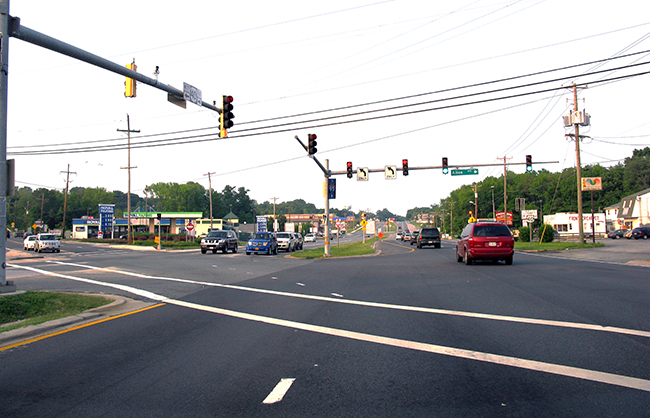
Warrant 2 - Four-Hour Vehicular Volume
The Four-Hour Vehicular Volume signal warrant conditions are intended to be applied where the volume of intersecting traffic is the principal reason to consider installing a traffic control signal.
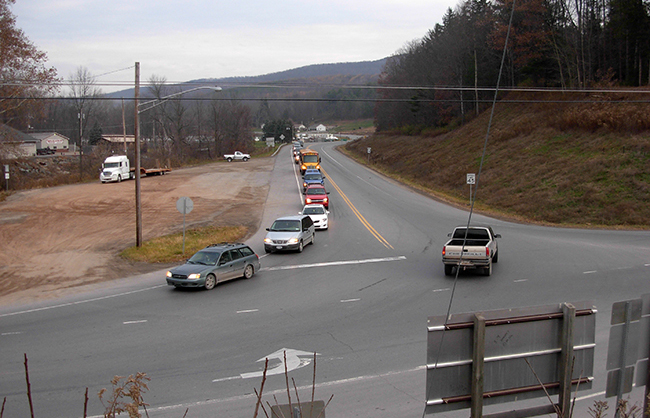
Warrant 3 - Peak Hour
The Peak Hour signal warrant is intended for use at a location where conditions are such that for a minimum of one hour of an average day, the minor-street traffic suffers undue delay when entering or crossing the major street.

Warrant 4 - Pedestrian Volume
The Pedestrian Volume signal warrant is intended for application where the traffic volume on a major street is so heavy that pedestrians experience excessive delay in crossing the major street.
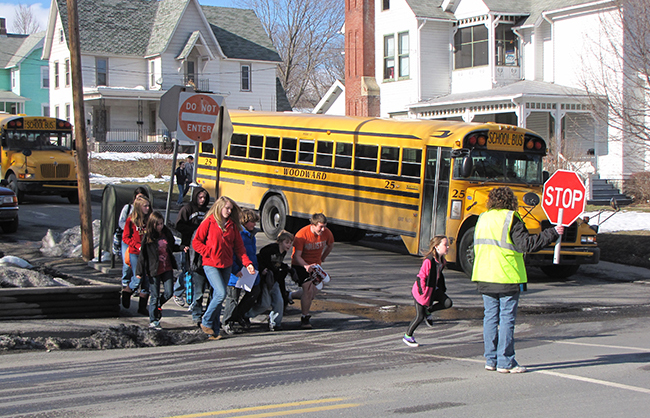
Warrant 5 - School Crossing
The School Crossing signal warrant is intended for application where the fact that school children crossing the major street is the principal reason to consider installing a traffic control signal.
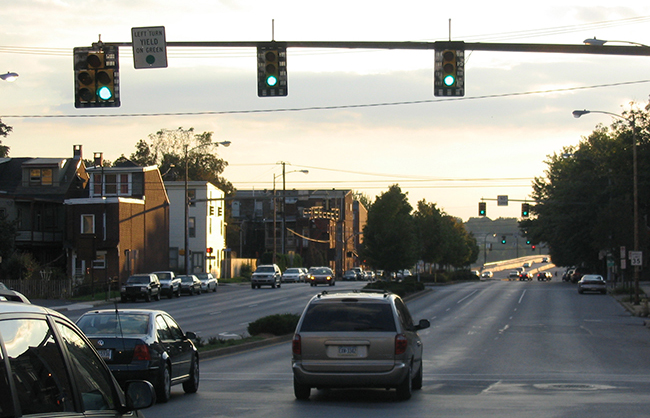
Warrant 6 - Coordinated Signal System
The Coordinated Signal System warrant is intended for application where the progressive movement in a coordinated signal system sometimes necessitates installing traffic control signals. This warrant applies to intersections where traffic control signals would not otherwise be needed in order to maintain proper platooning of vehicles.
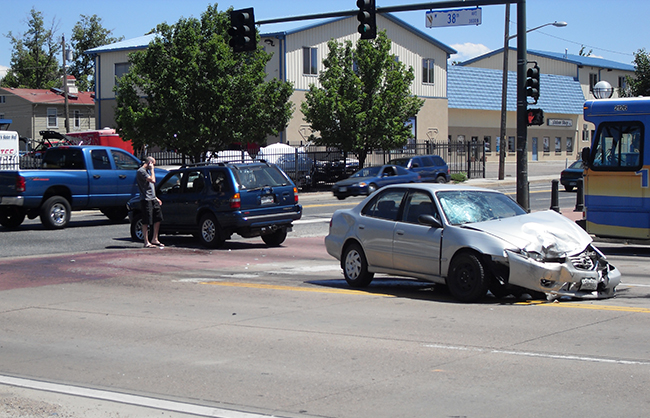
Warrant 7 - Crash Experience
The Crash Experience signal warrant conditions are intended for application when the severity and frequency of crashes are the principal reasons to consider installing a traffic control signal.
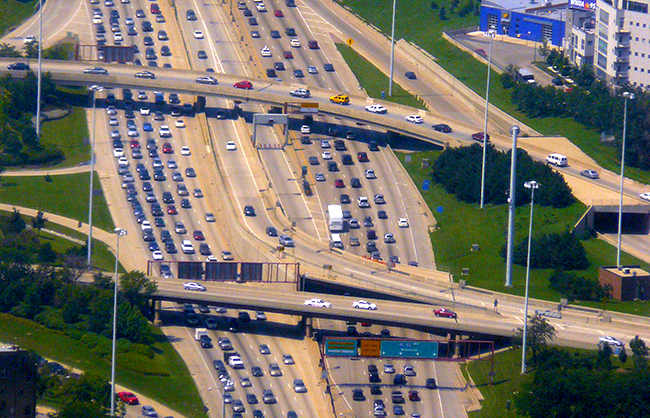
Warrant 8 - Roadway Network
The Roadway Network signal warrant is intended for application where installing a traffic control signal might be justified to encourage concentration and organization of traffic flow on a roadway network.
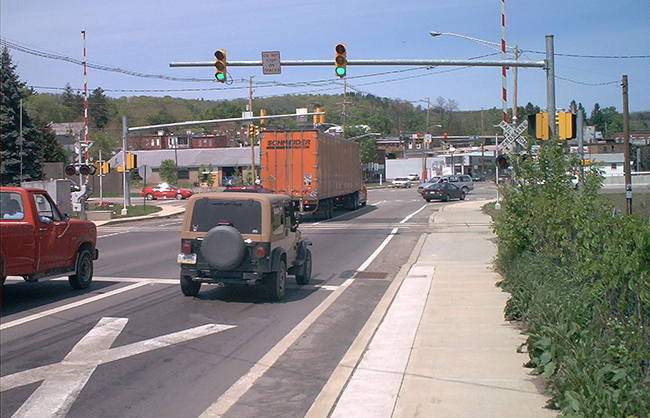
Warrant 9 - Intersection Near a Grade Crossing
The Intersection Near a Grade Crossing signal warrant is intended for use at a location where none of the conditions described in the other eight signal warrants are met, but the proximity to the intersection of a grade crossing on an intersection approach controlled by a STOP or YIELD sign is the principal reason to consider installing a traffic signal.
In Review
The nine warrants for installation of a traffic control signal are:
- Warrant 1 - Eight-Hour Vehicular Volume;
- Warrant 2 - Four-Hour Vehicular Volume;
- Warrant 3 - Peak Hour;
- Warrant 4 - Pedestrian Volume;
- Warrant 5 - School Crossing;
- Warrant 6 - Coordinated Signal System;
- Warrant 7 - Crash Experience;
- Warrant 8 - Roadway Network; and
- Warrant 9 – Intersection Near a Grade Crossing.


